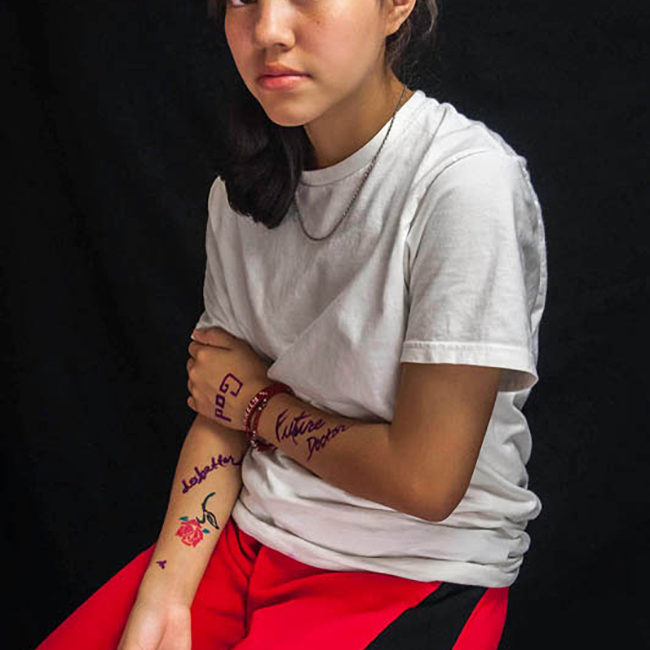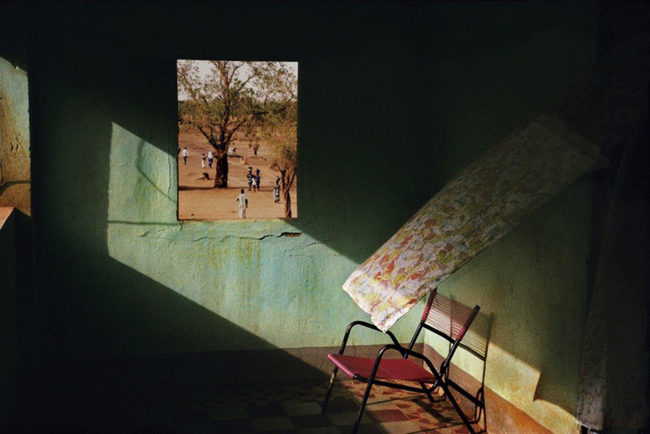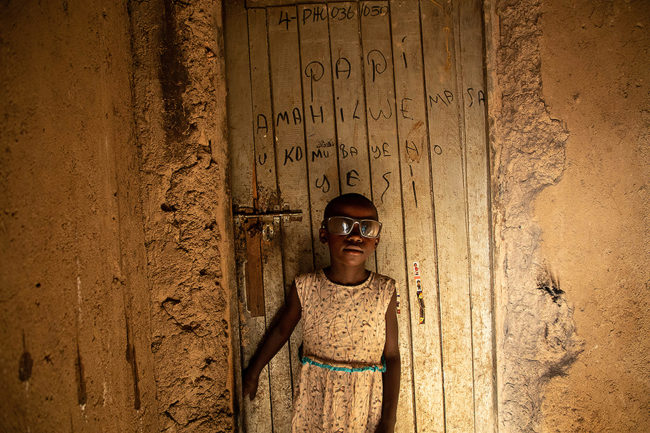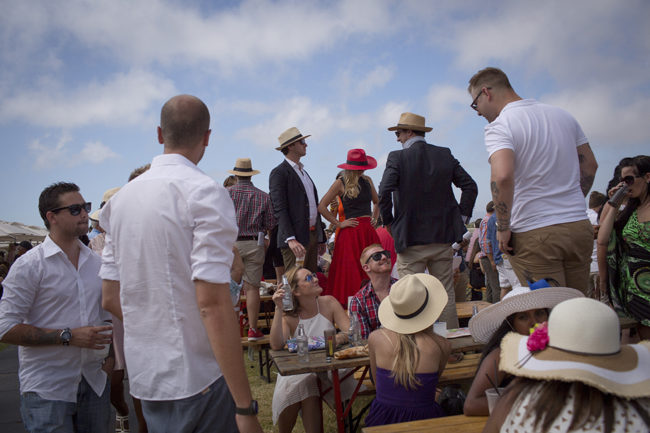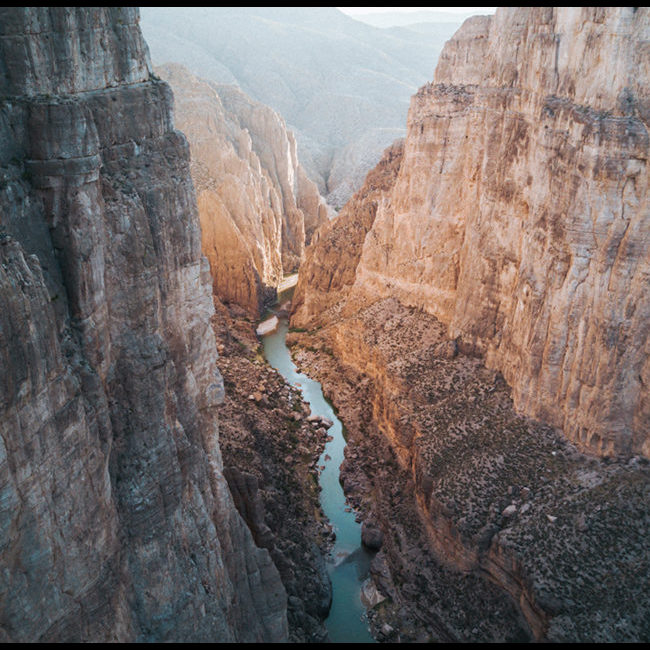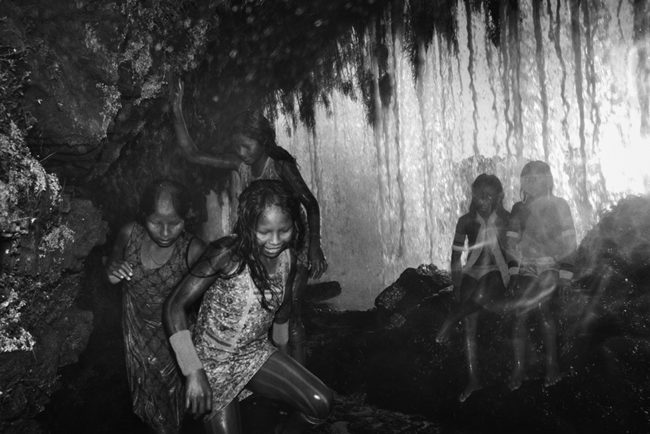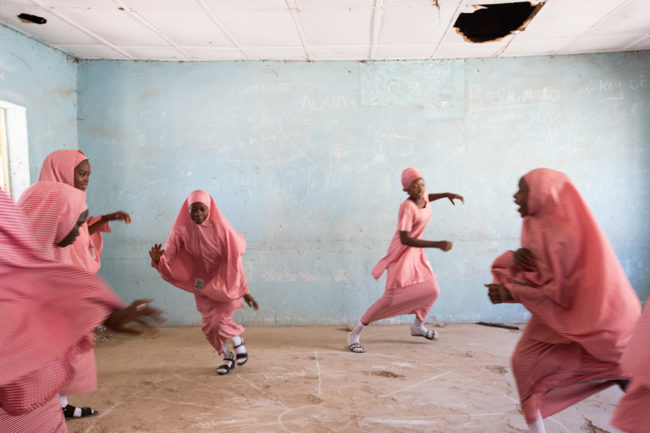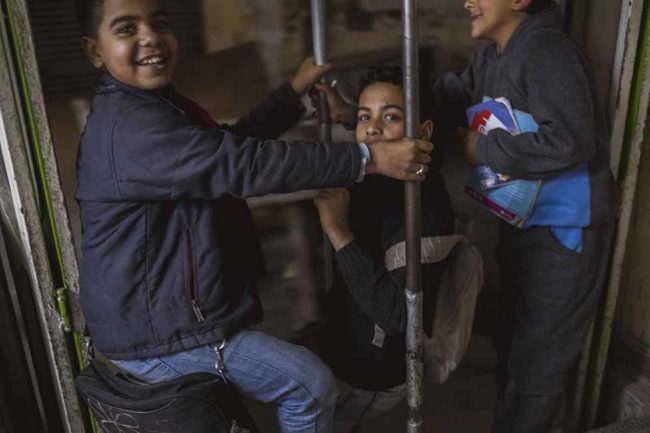In 2014, Misha Vallejo spent several months photographing in the village of Puerto Nuevo, on the Ecuadorean side the San Miguel River on the border with Colombia, a sleepy place that exists in the shadow of violence from rebel groups and the drug trade across the border. As Vallejo writes in his book on Puerto Nuevo, Al Otro Lado, (On the Other Side), published by Editora Madalena, “What happens along the thin line that divides both countries is little known; everybody assumes it is nothing good. These are marginalized, forgotten and dangerous territories.” But Vallejo’s focus was not on the violence there—instead he was interested in the everyday life of the village, which was founded in 2001 by fleeing Colombians. In his images, children play in the river or on oil company equipment, men play pool or go to church. There are moments of tedium and magic, as residents live in a kind of limbo between the two countries. Vallejo tells PDN about the project in an edited interview.
PDN: In the book’s essay, you describe the dangers of Puerto Nuevo—how did you approach photographing there? How did you convince residents to let you photograph them? How did you make sure you were safe?
Misha Vallejo: I went to Puerto Nuevo on the recommendation of an environmental NGO, Acción Ecológica, and they established the first contact with the village’s president, Don Juan Escobar. When I arrived there I met Don Juan and explained what I wanted to do, which was to photograph the everyday life of that town. We had a really long talk, about three hours. He told me about the history of the town and explained me the current situation. At the end of our talk I think he was pleased that somebody that didn’t belong to the sensationalist media had interest in Puerto Nuevo.
During my stay there, Don Juan introduced me to other people and explained to them what my intentions were. Most of the people in that town (and in the Amazon region in general) are quite open and after a few minutes of honest conversations, they let me in to their houses and lives. Some of them even offered me a place to sleep and food.
In order to be safe I knew I could not hide the fact that I was a photographer. Otherwise people (and the FARC guerrillas) would have thought that I was a spy (or something like that). So I instantly became the crazy guy of the town with my cameras hanging from my neck and greeting everyone. Of course, there were some people that did not like to be photographed but most of them were happy about it.
Something that also helped me to get a deeper narrative was time. I wasn’t rushing anywhere and I took my time to hear people out and bond with them. I went a couple of times to Puerto Nuevo and after the first time people already recognized me on the streets and greeted me as if I was another villager.
PDN: In many of the images, people’s faces—even children’s— are covered or obscured, which heightens the sense secrecy and danger. How did that motif develop?
M.V.: With my personal work I like to ask questions, rather than give literal answers. I always try to choose the most mysterious picture rather than the literal description of the situation. I like to give hints and not facts.
When I arrived in Puerto Nuevo I felt a tense calm in the village, a sensation that something was about to happen but never did. I knew I had to transmit that feeling somehow but wasn’t quite sure how. I wanted to tell the story of people who were forced to flee from a conflict and live in oblivion. Later, at the editing phase, I had to be true to my feelings and choose the most mysterious photographs, the hints and the questions.
PDN: In the series, the river seems like a character in the story. Was that an idea that you had while shooting, or did it develop while editing? What was it like turning the series into a book?
M.V.: The river is something that both unites and separates people living across the border. The San Miguel River is really important for commerce, transportation, food and life in general, so while shooting I knew I had to give it a bigger importance. While editing the work with Claudi Carreras, we decided that the river had to unite and separate the chapters in the book. This is the reason each chapter either starts or finishes with an image of it. And yes, for me it is also another character in the book, a character that may separate life from death.
PDN: What were some of the challenges of shooting the project? What kind of equipment did you use?
M.V.: This is a region that has been greatly affected by the violence of the Colombian armed conflict and there is a lot of suspicion towards journalists and photojournalists. One of the main challenges was to explain to people that what interests me is the banality of their everyday life. They told me that whenever they saw journalists in Puerto Nuevo it was because something tragic had happened. It was a bit difficult to explain that what interests me is their life without tragedies.
However, I think the major challenge was editing the work down: I had more than 6000 photographs at the end of the shooting phase and to tell you the truth I was a bit lost on how to structure the narrative at the beginning. But after a lot of thought, trying things out and with the advice of fellow photographers and editors, I took the decision to structure the narrative as a literary book: With chapters that were divided by themes and something which unites them together. To edit this work took me more than a year and a lot of sweat, tears and nerves.
While shooting I usually use two mirrorless Sony A7R cameras, one with a 35mm lens and the other with a 55mm. This setting allows me to quickly choose the framing of the photographs without having to change lenses. But the most important reason for using them is that these cameras are quite compact and I am not taken so seriously. This allows me to get closer to people without them feeling intimidated.
